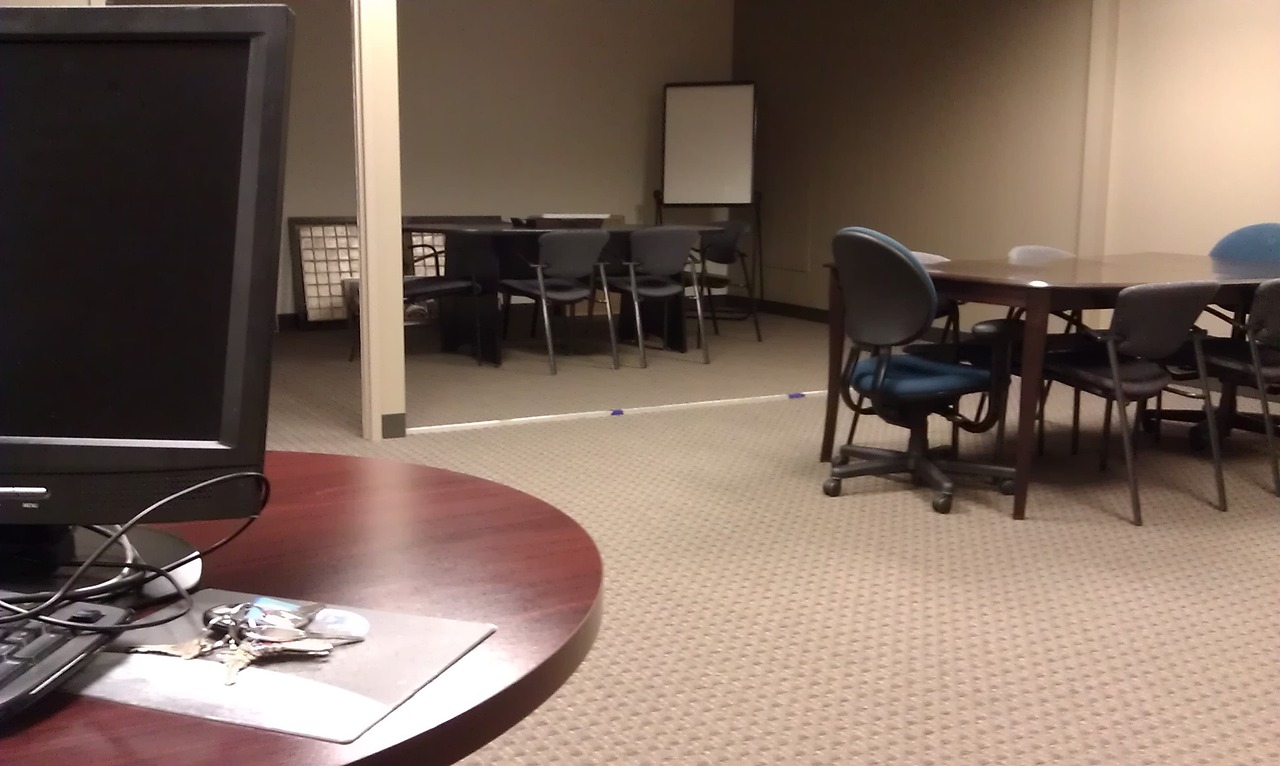The Psychology of Pricing: How Perception Influences Value
When it comes to pricing decisions, the presentation of prices can significantly influence how consumers perceive the value of a product or service. Research has shown that subtle changes in how prices are presented, such as framing them as a discount or emphasizing the quality of the product, can impact customers’ willingness to pay. For example, presenting a price as $50 with a previous price crossed out versus simply listing it as $50 can lead customers to perceive the product as a better deal, even if the actual price remains the same.
Moreover, the way prices are presented can also influence customers’ perceptions of the quality and prestige associated with a product. High-end brands often strategically use price presentation to convey luxury and exclusivity, leading customers to associate higher prices with superior quality. On the other hand, emphasizing affordability and value through price presentation can attract budget-conscious consumers who prioritize cost-effectiveness. In this way, the presentation of prices plays a crucial role in shaping consumers’ price perceptions and purchase decisions.
Cognitive Biases in Pricing Decisions
In the realm of pricing decisions, cognitive biases play a significant role in influencing how consumers perceive and evaluate prices. These biases can lead individuals to make decisions that are not necessarily rational or based on objective factors. One common bias is known as anchoring, where consumers rely heavily on the initial piece of information they receive about a product’s price, even if it is unrelated to its true value.
Another prevalent cognitive bias in pricing decisions is the decoy effect, where the presence of a third, less desirable option can change how consumers perceive the value of other choices. This effect can be strategically used by businesses to nudge consumers towards a specific product or price point. By understanding these cognitive biases, businesses can tailor their pricing strategies to take advantage of consumers’ natural decision-making tendencies.
What are cognitive biases in pricing decisions?
Cognitive biases in pricing decisions are the systematic patterns of deviation from rationality in judgment, whereby individuals make decisions based on subjective factors rather than objective ones.
How does presentation impact price perception?
The way a price is presented can significantly impact how it is perceived by consumers. For example, framing the price as a discount off a higher original price can make the current price seem more appealing, even if the overall savings are minimal.
Can cognitive biases influence pricing strategy?
Yes, cognitive biases can influence pricing strategy by affecting how consumers perceive and respond to prices. By understanding these biases, businesses can strategically price their products to take advantage of consumers’ tendencies towards certain pricing cues.
What are some common cognitive biases in pricing decisions?
Some common cognitive biases in pricing decisions include anchoring bias (relying too heavily on the first piece of information encountered), loss aversion (placing more value on avoiding losses than on acquiring gains), and the decoy effect (introducing a third option to make one of the other options seem more attractive).
How can businesses mitigate the impact of cognitive biases in pricing decisions?
Businesses can mitigate the impact of cognitive biases in pricing decisions by conducting market research to understand consumer perceptions, testing different pricing strategies, and being transparent in their pricing practices. Additionally, educating consumers about pricing tactics can help them make more informed purchasing decisions.





